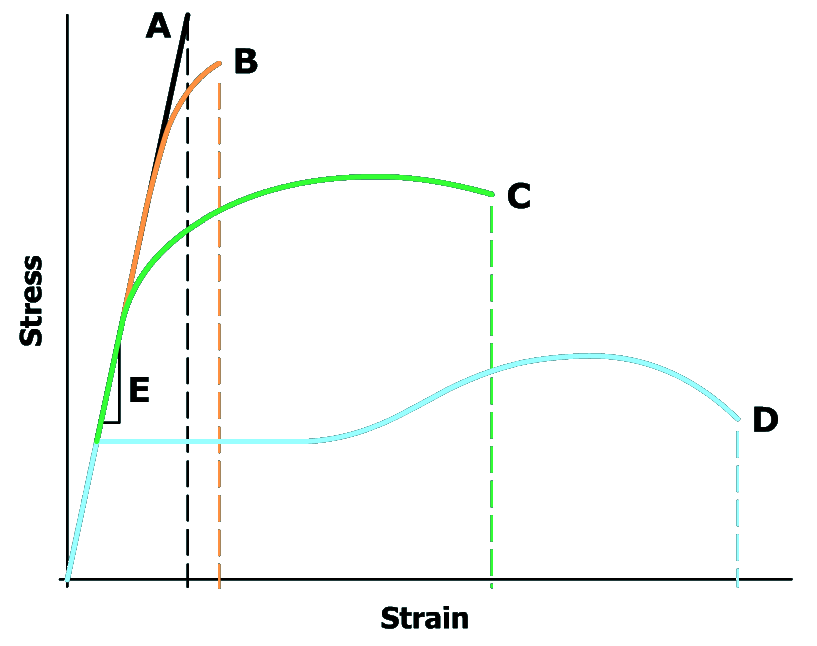
For the engineer, ductility is important in that it indicates the extent to which a metal can be deformed without fracture in metalworking operations such as bending, rolling, forming, drawing, and extruding.

For the engineer, ductility is important in that it indicates the extent to which a metal can be deformed without fracture in metalworking operations such as bending, rolling, forming, drawing, and extruding.